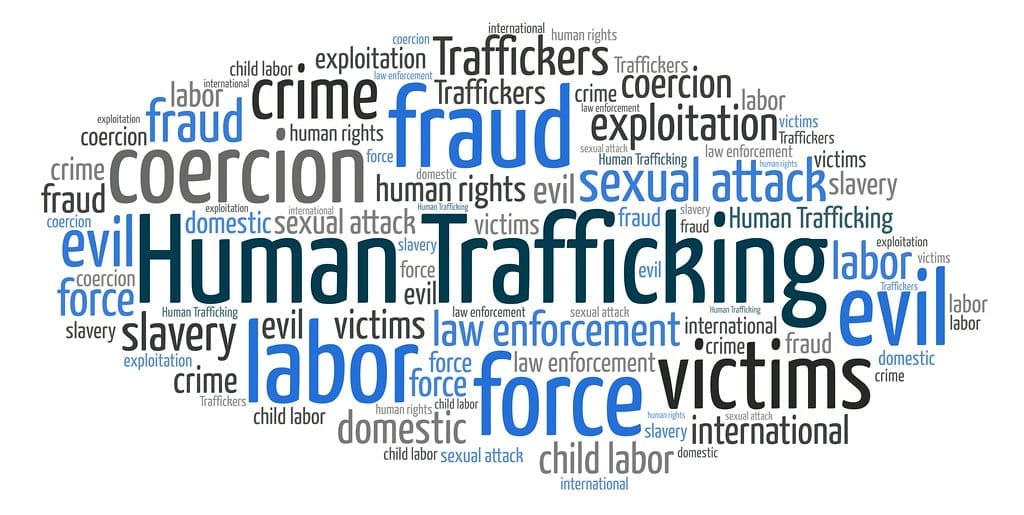
Migration Policy and Human Trafficking in the Russian Federation since the Palermo Protocol of 2020
The Russian Federation is the regional focal attraction point for labor from former Soviet Union (fSU) countries. It occupies one of the top five places in the world on number of labor migrants (about 9-10 mln. people) (WB 2017). The Majority (about 90%) are from fSU countries (MVD 2017). The free visa regime within the post-Soviet space is accompanied by difficulties in obtaining legal registration and work permits in Russia that turns many migrants into the situation of illegality. Russia has done a lot in terms of legal provisions to combat illegal migration and human trafficking by signing the UN Convention against Transnational Organized Crime, and two Palermo Protocols against Trafficking in Persons and against the Smuggling of Migrants in 2004 and has made a lot of amendments to the Russian Criminal Code. In spite of all these efforts, the real situation with combating human trafficking is problematic. Russia has been an origin, transit, and destination country for men, women and children trafficked for labor and sexual exploitation to and from numerous countries mostly neighboring. How does Russian migration policy, particularly the propiska (registration system), create vulnerabilities for labor trafficking? An Inconsistent migration policy and it’s implementation in Russia produce roots for constant violation of migrants’ rights by local government administrations, employers, and by law enforcement bodies, creating irregular migrants vulnerable to human trafficking. This analysis shows how national anti-trafficking laws intersect with other domestic laws, including migration policies, and create new vulnerabilities for trafficking.
Read the full article here.
